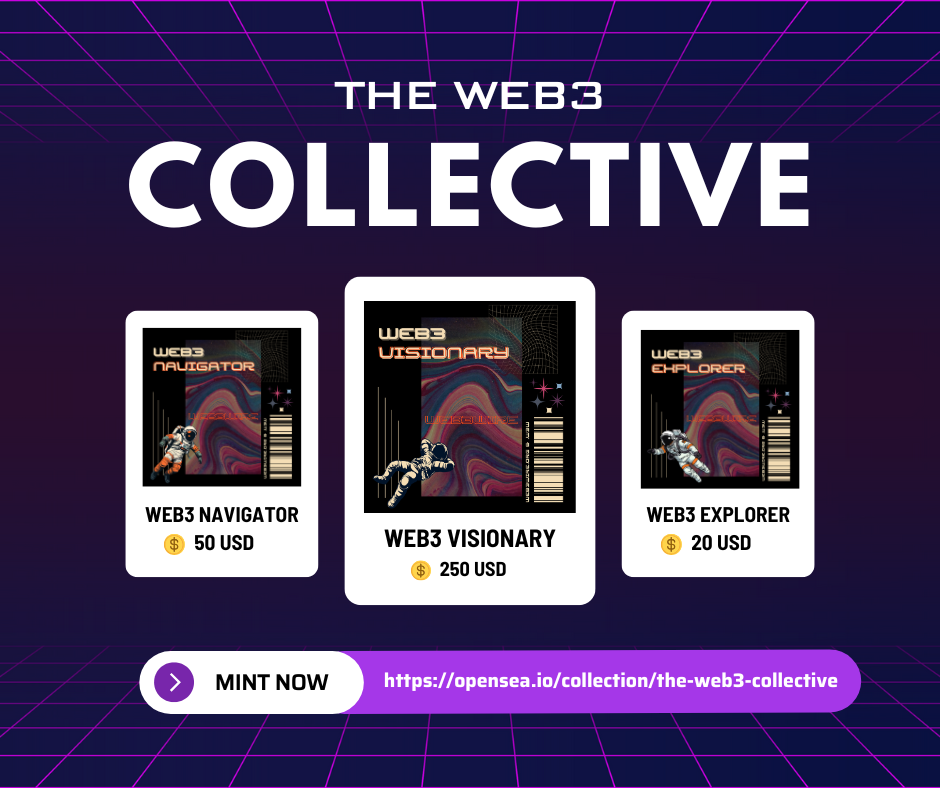
Revolutionizing Customer Engagement with Innovative Technology Trends
In today’s fast-paced digital landscape, customer engagement is the cornerstone of thriving businesses. With rapid technological advancements, the dynamics of engaging with customers are evolving at an unprecedented rate. Companies striving for a competitive edge are leveraging innovative technologies to enhance their customer relationships, ensuring lasting satisfaction and loyalty.
The New Age of Customer Engagement
In the past, customer engagement was largely a one-way street. Traditional methods like email newsletters and direct mail played dominant roles. However, the digital revolution has introduced a new era of engagement strategies. Organizations now harness cutting-edge technology to create personalized, real-time, and immersive experiences that are tailored to individual preferences.
Key Technologies Driving Change
Artificial Intelligence and Machine Learning
At the forefront of this transformation is the application of Artificial Intelligence (AI) and Machine Learning (ML). These technologies enable businesses to analyze vast amounts of customer data to predict trends and behaviors. Through AI and ML, companies can:
- Automate customer service with chatbots, providing instant responses and 24/7 support.
- Personalize recommendations by analyzing past shopping behaviors and preferences.
- Predict customer needs and proactively offer solutions, enhancing customer satisfaction.
Augmented Reality and Virtual Reality
Augmented Reality (AR) and Virtual Reality (VR) are reshaping how customers interact with products and services. These immersive technologies allow customers to experience products in a virtual environment before making a purchase. This is particularly effective in industries like fashion, real estate, and automotive, where customers can:
- Virtually try on clothes, glasses, or makeup.
- Explore potential new homes through VR walkthroughs.
- Experience simulations of driving a car.
These features not just enhance customer satisfaction but also significantly reduce returns and dissatisfaction post-purchase.
Internet of Things (IoT)
The rise of Internet of Things (IoT) devices offers a richer customer experience by connecting products to the internet. This connection provides businesses with valuable insights into how products are used in real-life situations. Through IoT, companies can:
- Offer real-time support and troubleshooting for connected devices.
- Enhance product development by analyzing user interaction and feedback.
- Develop loyalty programs that reward users for using products effectively.
Data Analytics
With the influx of data made available by digital platforms, Data Analytics has become a pivotal element in shaping customer engagement strategies. Advanced analytics help businesses:
- Understand demographics, buying patterns, and market trends.
- Optimize marketing campaigns by targeting the right audience.
- Enhance the customer journey by identifying and rectifying bottlenecks.
Benefits and Challenges of Adopting New Technology
While these technologies offer numerous benefits, they also present unique challenges. The benefits are manifold:
- Enhanced Personalization: Delivering highly curated experiences that resonate with individual customers.
- Improved Efficiency: Streamlining operations and enriching customer service through automation.
- Increased Customer Loyalty: Building long-lasting relationships through meaningful interactions.
However, companies must also navigate challenges:
- Data Privacy: Ensuring customer data is safeguarded against breaches and misuse.
- Complexity: Integrating new technologies into existing systems can be complex and costly.
- Keeping Pace: Staying updated with rapidly evolving technology requires continuous investment and learning.
Strategies for Successful Implementation
To maximize these technologies, organizations must adopt a strategic approach:
Invest in Skilled Talent
Building a knowledgeable team adept in AI, ML, VR/AR, and data analytics is crucial. Training existing staff and hiring new talent can ensure a seamless transition and implementation of these technologies.
Focus on Customer-Centricity
Every technological enhancement should be grounded in improving the customer experience. Listening to feedback and being adaptive to customer needs fosters trust and satisfaction.
Continuous Innovation
In the ever-evolving digital landscape, stagnation can lead to obsolescence. Businesses must remain agile, constantly seeking new ways to implement and enhance technology for better customer engagement.
Conclusion
In conclusion, the future of customer engagement lies in leveraging advanced technology to deliver exceptional, personalized experiences. As these technologies continue to evolve, they will become increasingly integral to business operations, reshaping customer interactions across industries. Companies aspiring to be industry leaders must embrace these technological advancements, ensuring that their engagement strategies not only meet but exceed customer expectations, building loyal and satisfied customer bases.
The journey toward revolutionizing customer engagement may be challenging, but the rewards of forging meaningful connections and fostering lasting loyalty are invaluable.
“`


















